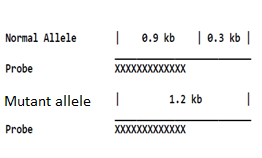#Question id: 4478
#Unit 3. Fundamental Processes
In prokaryotes during abortive initiation, the polymerase synthesizes a series of short transcripts. In eukaryotes, promoter escape involves;
#Question id: 4479
#Unit 3. Fundamental Processes
The stepwise assembly of the Pol II preinitiation complex
#Question id: 4480
#Unit 3. Fundamental Processes
The reason for TBP’s unorthodox recognition mechanism is
#Question id: 4481
#Unit 3. Fundamental Processes
Choose correct statements about recognition mechanism of TBP ;
A. TBP causes the minor groove to be widened to an almost flat conformation
B. It also bends the DNA by an angle of ~120o
C. The interaction between TBP and DNA involves maximum number of hydrogen bonds between the protein and the edges of the base.
D. Much of the specificity is imposed by two pairs of phenylalanine side chains that intercalate between the base pairs at either end of the recognition sequence and drive the strong bend in the DNA.
#Question id: 4482
#Unit 3. Fundamental Processes
The General Transcription Factors of RNA Polymerase, with their subunits, select correct matching
|
A. TBP |
1 |
|
B. TFIA |
11 |
|
C. TAFs |
2 |
|
D. TFIIH |
10 |
#Question id: 4483
#Unit 3. Fundamental Processes
TAF42 and TAF62 from Drosophila form a structure similar to that of the

